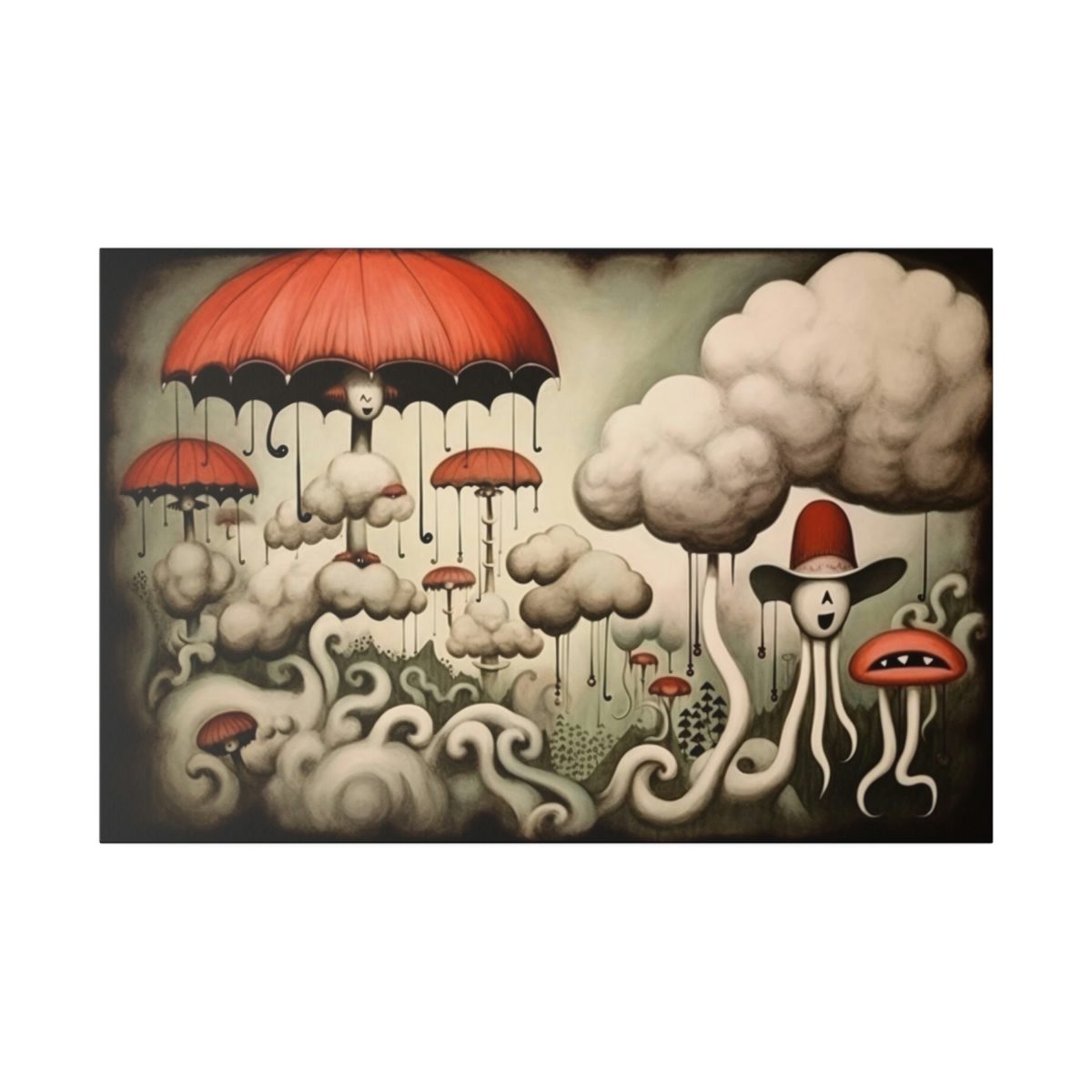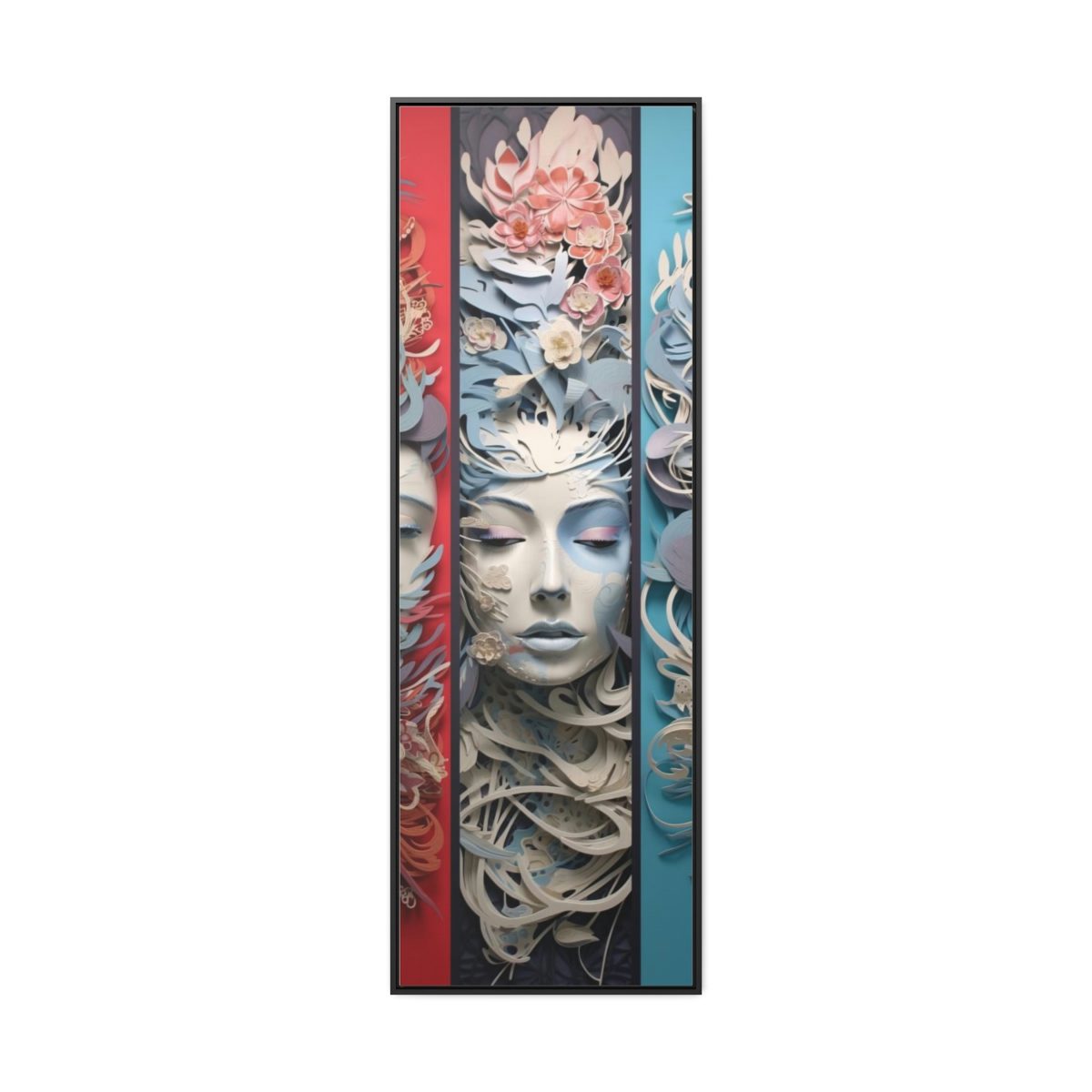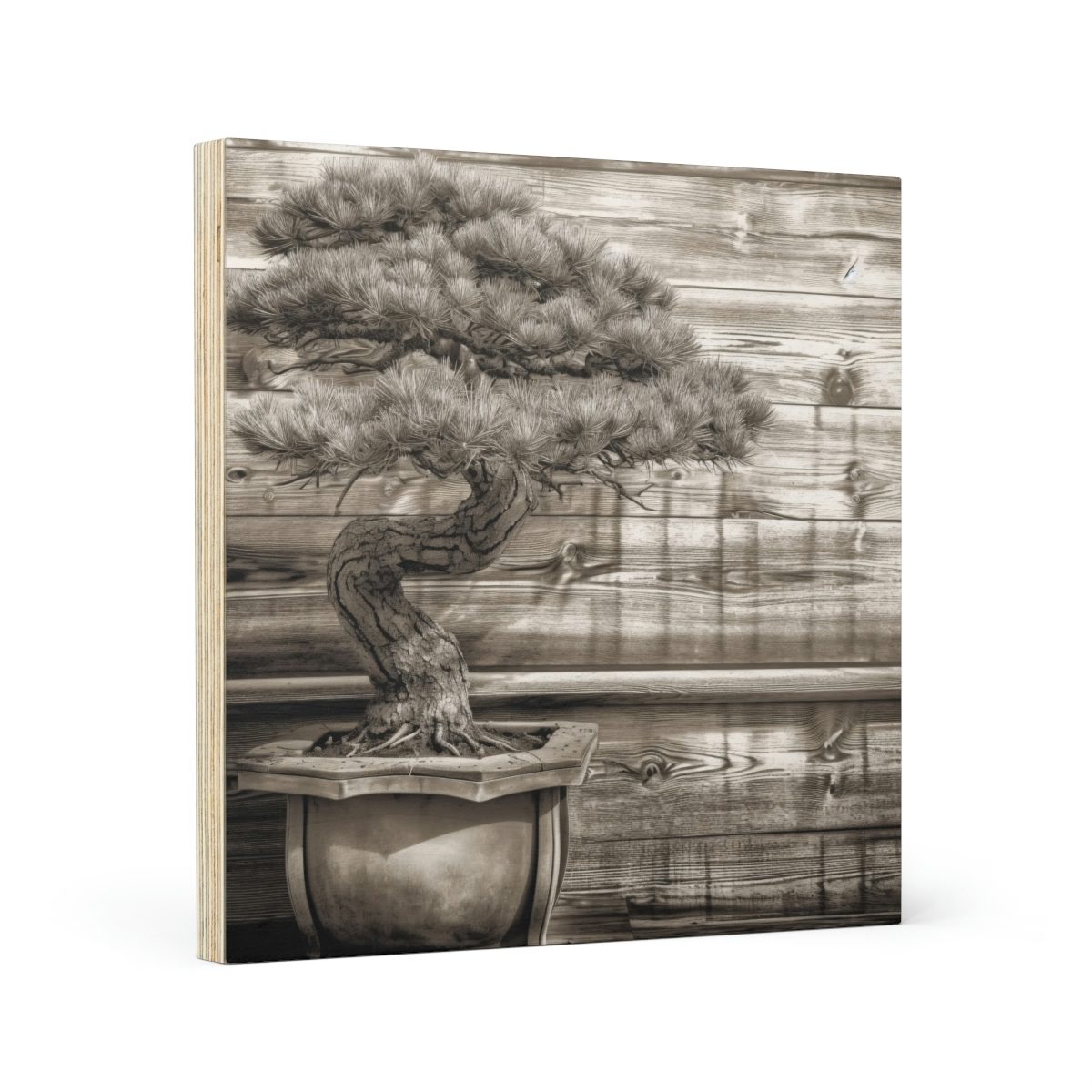From Blank Walls to Beautiful Spaces: A Guide to Selecting Artwork for Your Home

According to a survey by the online art marketplace Saatchi Art, 87% of homeowners believe that art makes a home feel more welcoming, and 83% agree that it enhances the overall aesthetic of a space. Moreover, 71% of respondents said that they would be willing to spend up to $5,000 on a single piece of art for their home.
Decorating your home with art is an excellent way to add a personal touch, showcase your interests, and create a unique ambiance. Whether you’re an art aficionado or just starting to explore the world of art, selecting the right artwork can be a daunting task. In this guide, we’ll explore five topics to help you select the perfect artwork for your home:
Understanding Your Personal Style and Art Preferences
Understanding your art style and personal preferences is the first step in selecting the perfect artwork for your home. Your personal taste plays a significant role in the type of artwork you should choose to adorn your walls. Artwork has the power to evoke emotions, and it’s important to select pieces that speak to you and reflect your unique style.
To determine your art style preference, take some time to explore different genres and mediums. Visit galleries, attend art fairs, and browse online art marketplaces to see what types of artwork resonate with you. Consider the colors, shapes, and patterns that appeal to you the most. Do you prefer bold, vibrant colors, or do you prefer a more muted color palette? Are you drawn to abstract, contemporary, or traditional styles?
Another way to determine your art style preference is to look at the other decorative elements in your home. Do you have a particular color scheme or style that you’ve used throughout your home? Your artwork should complement your existing decor and reflect your personal style. If you have a minimalist style with neutral colors, consider selecting abstract or contemporary pieces with bold colors to add a pop of vibrancy. On the other hand, if you have a more eclectic style with a mix of patterns and textures, consider selecting artwork with a more muted color palette to balance out the room.
When selecting artwork, it’s important to remember that you don’t have to follow any rules or trends. Your home is a reflection of your unique personality, and your artwork should be no exception. If you love a piece of art and it speaks to you on a deeper level, that’s all that matters. Don’t be afraid to take risks and select pieces that may be outside of your comfort zone. Art is a way to express yourself, and the right piece can add a touch of personality and warmth to any space.
Tips for Selecting Artwork that Complements Your Home’s Aesthetic
Selecting artwork that complements your home’s look and feel is crucial in creating a cohesive and balanced aesthetic. When choosing artwork, consider the following factors to ensure that your pieces harmonize with your decor:
- Color scheme: The color of your artwork should complement the color scheme of your home. If you have a neutral color scheme, consider adding a pop of color to your artwork to create contrast and visual interest. Conversely, if you have a bold color scheme, consider selecting artwork with muted colors to balance out the room.
- Style: The style of your artwork should also complement your decor. If you have a modern decor style, consider selecting abstract or contemporary pieces. On the other hand, if you have a more traditional style, consider selecting artwork with a classic or timeless feel.
- Size: The size of your artwork is another essential factor to consider. Large pieces can be a focal point and should be displayed in a prominent location, while smaller pieces can be grouped together to create a gallery wall or used to fill empty spaces.
- Texture: The texture of your artwork can add a unique dimension to your space. Consider selecting pieces with texture or using different framing techniques to add depth and interest to your artwork.
- Placement: The placement of your artwork is also critical. Consider the placement of your furniture and the traffic flow in your space when selecting where to hang your artwork. A piece that’s too small or too large can throw off the balance of the room.
- Lighting: Proper lighting is essential to showcase your artwork correctly. Consider the placement of light fixtures and the type of lighting used to illuminate your artwork. Use spotlights or directed lighting to highlight specific pieces, and avoid direct sunlight or harsh lighting that can damage your artwork.
By considering these factors when selecting artwork, you can create a cohesive and balanced aesthetic that reflects your unique style and personality. Remember to take your time, trust your instincts, and select pieces that speak to you on a deeper level. Art is a way to express yourself, and the right piece can add a touch of personality and warmth to any space.
Exploring different mediums and materials
Exploring different mediums and materials is an exciting part of selecting artwork for your home. Each medium and material has its own unique look and feel that can add a different dimension to your space. Consider the following mediums and materials to find the perfect piece for your home:
- Oil paintings: Oil paintings have a classic, timeless feel that can add elegance and sophistication to any space. They have a rich, vibrant color palette and a unique texture that can add depth and interest to your walls. Oil paintings are typically more expensive than other mediums, but they are a worthwhile investment for their longevity and beauty.
- Watercolors: Watercolors have a softer, more delicate feel than oil paintings. They have a translucent quality that allows light to shine through, creating a dreamy, ethereal effect. Watercolors are ideal for creating a peaceful, calming atmosphere and are perfect for bedrooms or meditation spaces.
- Prints: Prints are a more affordable option than original paintings, and they offer a wide range of options. They come in various sizes, colors, and styles, making them ideal for adding personality and interest to your walls. Prints can be framed or unframed, and they can be easily swapped out to create a fresh, new look.
- Sculptures: Sculptures add a three-dimensional element and texture to your space. They can be made from a variety of materials, including metal, wood, and stone, and can be displayed on shelves, tables, or pedestals. Sculptures can be abstract or representational and can add a touch of personality and whimsy to your decor.
- Mixed media: Mixed media artwork combines various materials and techniques to create a unique, one-of-a-kind piece. They can be created using paint, fabric, paper, and found objects, among other things. Mixed media pieces can add a playful, eclectic feel to your decor and can be a great conversation starter.
Exploring different mediums and materials is a fun and exciting part of selecting artwork for your home. Each medium and material has its own unique look and feel, and by considering these options, you can find the perfect piece to elevate your decor. Whether you choose an oil painting, watercolor, print, sculpture, or mixed media piece, make sure it reflects your unique style and personality and adds a touch of warmth and personality to your space.
Displaying and Caring for Your Art Collection: Best Practices and Creative Ideas
Once you have selected your art and arranged it in your home, you need to take care of it to ensure its longevity and beauty. Here are some best practices and creative ideas for displaying and caring for your art collection:
1. Lighting: The lighting of your art can enhance its colors and details and create a dramatic effect. You can use natural or artificial light, depending on the location and time of day. You can also install spotlights or track lighting to highlight specific pieces or areas.
2. Framing: The framing of your art can protect it from dust, moisture, and sunlight and enhance its presentation. You can choose a frame that matches your art’s style and color or contrasts it for a bold effect. You can also opt for a mat or glass to add depth and texture.
3. Cleaning: The cleaning of your art can remove dirt, fingerprints, and stains and preserve its quality. You can use a soft brush or cloth to dust your art regularly and avoid using water or chemicals that can damage it. You can also hire a professional art conservator to clean and restore your valuable pieces.
4. Rotating: The rotating of your art can refresh your room’s look and showcase different pieces over time. You can switch your art’s location or replace it with new pieces to reflect your mood, season, or occasion. You can also lend or donate your art to museums, galleries, or friends to share its beauty and significance.
Investing in Artwork Can Be A Very Wise Investment Decision
Investing in artwork as a collector can be a smart financial decision, especially when done at a young age. Art has historically been an asset class that appreciates over time, and investing in original works from emerging artists can yield significant returns in the long term. However, it’s essential to research and understand the art market before making a significant purchase. Here are some reasons why investing in artwork, especially at a young age, is a wise decision:
- Artwork can appreciate in value: Art has historically been an asset class that appreciates over time, and investing in original works from emerging artists can yield significant returns in the long term. However, it’s important to remember that not all artwork appreciates in value, and it’s essential to research and understand the art market before making a significant purchase.
- Art can be a hedge against inflation: Art has the potential to maintain its value over time, even when other asset classes, such as stocks or bonds, are affected by inflation. Investing in art can be a way to diversify your investment portfolio and protect your wealth from inflation.
- Art can be a source of personal enjoyment: Investing in art is not just about financial returns; it’s also about enjoying and appreciating the artwork. Owning a piece of artwork that you love and cherish can bring joy and inspiration to your life and enhance your overall well-being.
- Digital prints are becoming more popular: With the rise of digital printing technology, digital prints are becoming increasingly popular among art collectors. However, it’s important to remember that digital prints can be expensive to obtain, especially if they’re from a limited edition series. Working with an art consultant or attending art fairs and exhibitions can help you make informed decisions when investing in digital prints.
Investing in art as a collector requires careful research and understanding of the art market. Working with an art consultant or attending art fairs and exhibitions can provide valuable insights into the art world and help you make informed decisions. By investing in original works from emerging artists or purchasing digital prints from reputable sources, you can diversify your investment portfolio and enjoy the personal and financial benefits that art has to offer.
When it comes to selecting artwork for your home, there are various factors to consider, from your personal taste to the overall look and feel of your space. By understanding your art style preference, exploring different mediums and materials, and investing in art as a collector, you can select the perfect artwork to elevate your home’s ambiance and showcase your unique style.
At our shop, we offer a wide range of digital prints, from contemporary to modern, nature to portraits to surreal. We invite you to browse our collection and discover the perfect piece to elevate your home’s decor. Please do not hesitate to reach out if you have questions while shopping.


